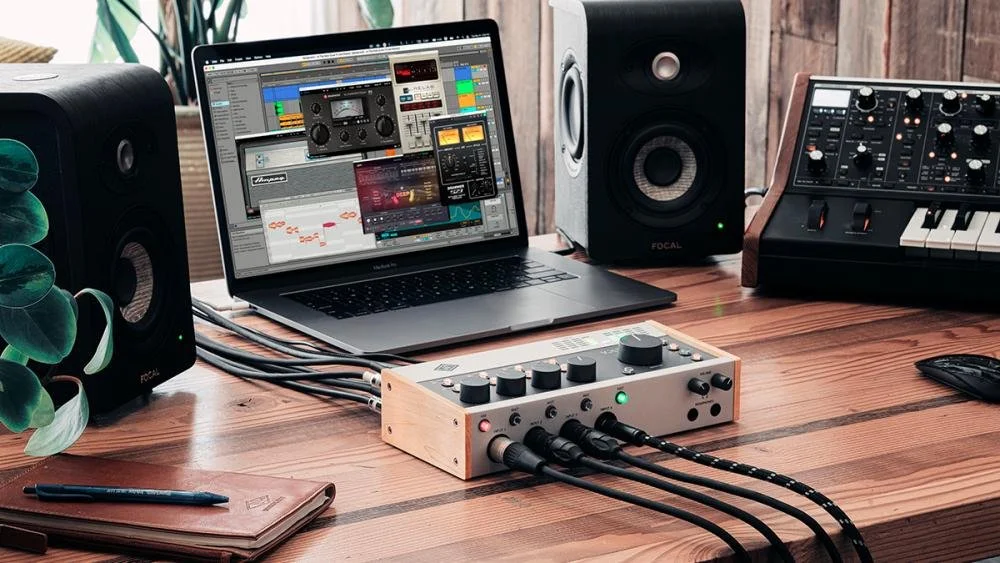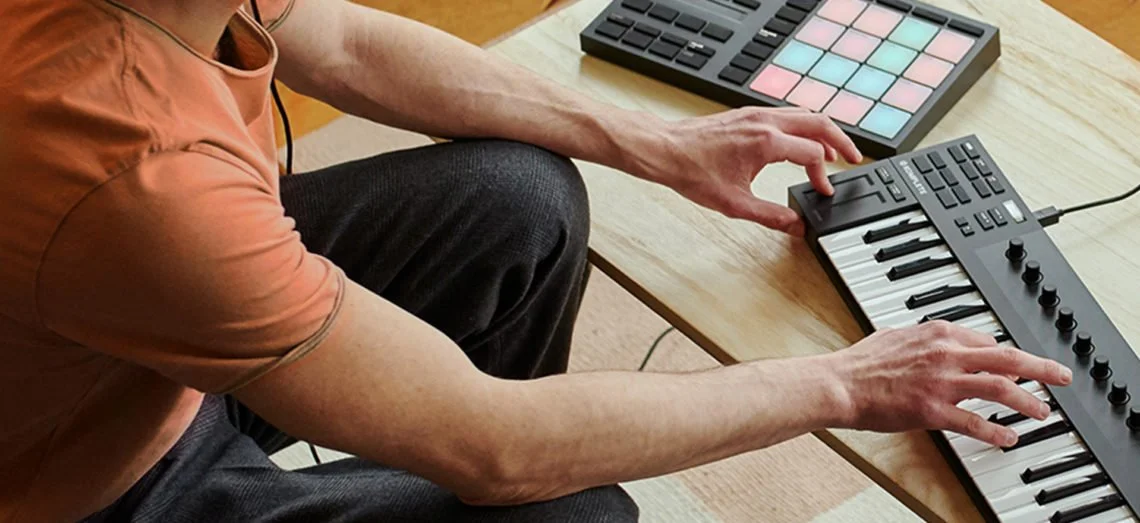Assembling Your First Home Studio: What You Need To Get Started
Hey Friends, quick disclosure. Some of the links in this article are Amazon affiliate links, meaning, at no additional cost to you, the blog may earn a small commission if you click through and make a purchase. This helps support the blog and allows me to continue providing free content. Thank you for your support!
Hello Friends,
If you’re a musician, producer, or audio engineer, there's a good chance you’ve dreamed of having your own home studio. Not only is it convenient, but it can also be a creative haven where you can work at your own pace, develop your skills, and produce high-quality music without the constraints of renting studio time. Setting up a home-based studio can seem daunting, but with a little insight, you can create a space that’s both functional and inspiring.
Space and Acoustics
First things first, you need to choose the right space. Ideally, you want a room that’s quiet and free from external noise. While not everyone has the luxury of a dedicated room, even a small corner can work if you treat it properly. Acoustic treatment is crucial to achieving a clean sound. Start with some basic soundproofing techniques like adding foam panels, bass traps, and diffusers. These will help control reflections and absorb excess sound, giving you a clearer and more accurate representation of your recordings.
Essential Gear
When it comes to gear, it’s easy to get overwhelmed by the sheer number of options available. However, you don’t need to break the bank to get started. Here’s a list of essentials to get you going:
Digital Audio Workstation (DAW): This is the heart of your studio. Popular choices include Ableton Live, Logic Pro X, and Pro Tools. Each has its strengths, so choose one that aligns with your workflow and budget.
Image Source: Psy Media
Audio Interface: This device converts analog signals (like your voice or instrument) into digital signals that your computer can process. Entry level options such as the Focusrite Scarlett 2i2 can get you up and running, then higher quality hardware such as the Universal Audio Apollo Twin is a great next step when you have the funds to invest in quality of sound.
Image Source: theSun
Microphone: A good quality condenser microphone is essential for capturing vocals and acoustic instruments. The Audio-Technica AT2020 is a great entry-level option, while the Shure SM7B is a bit pricier but offers exceptional quality.
Image Source: Ditto
Headphones and Monitors: Accurate monitoring is key to producing great music. Investing in a pair of studio headphones like the Audio-Technica ATH-M50X and monitors such as the JBL 2 305P MkII can certainly get you up and running without breaking the bank
Image Source: RTINGS.com
MIDI Controller: If you’re working with virtual instruments, a MIDI controller can be a game-changer. I have used the AKAI LPK25 on the road for years as it’s a compact and affordable option. My personal recommendations for the studio are
Alesis Q88 MKII (Budget friendly)
Native Instruments S-Series Komplete Kontrol S88 (Syncs well with Native Instruments plugins!)
Image Source: Native Instruments
Organization and Workflow
A well-organized studio can greatly enhance your productivity. Keep your cables neatly managed, label everything, and ensure your workspace is clean and clutter-free. Ergonomics are also important, so invest in a comfortable chair and ensure your monitors are at eye level to prevent strain.
Software and Plugins
Besides your DAW, you’ll need a good set of plugins to enhance your recordings. There are plenty of free and paid options available. For starters, look into EQ, compression, reverb, and delay plugins. Waves, FabFilter, and Native Instruments offer some excellent tools to elevate your sound.
Learning and Experimentation
Finally, remember that setting up your home studio is just the beginning. The real magic happens when you start experimenting and learning. There are countless tutorials and resources online to help you get the most out of your gear and software. Don’t be afraid to try new things and push your creative boundaries.
Creating a home-based studio is a journey that combines technical knowledge with creative passion. It’s a space where you can grow as an artist, experiment with new ideas, and bring your musical visions to life. So, take your time, enjoy the process, and let your creativity flow.
Happy recording!
-Nathan
Share this article
Let’s Create Together
Are you a visual storyteller in media? My team and I are excited to explore how we can bring your stories to life with distinctive soundscapes. Get in touch and let’s discuss how music and sound design can transform your project.
Nathan's Picks










Get your music movie-ready with cinematic sounds built for today's film, trailer, and sync landscape.